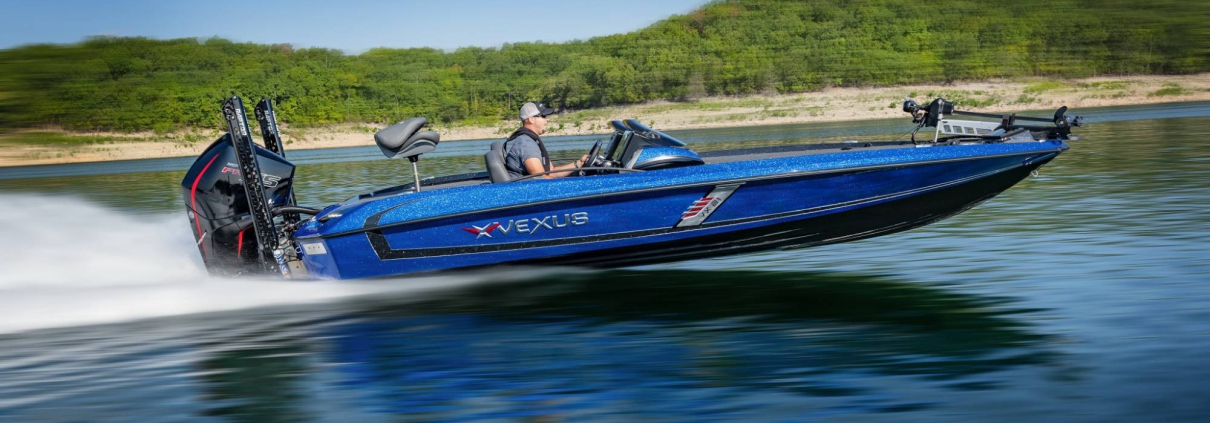Deep Cycle Marine Battery: What You Need to Know for Reliable Onboard Power
Whether you’re an offshore angler, a sailboat cruiser, or the owner of a small cabin cruiser, reliable power for your onboard electronics is non-negotiable. The term “deep cycle marine battery” is often thrown around, but understanding what it truly means—and choosing the right battery—can make or break your time on the water.
This guide will unpack what a deep cycle marine battery is, why it’s essential for equipment power rather than propulsion, and how to select one that offers long-lasting performance and safety, especially in 12V lithium formats.
What Is a Deep Cycle Marine Battery?
A deep cycle marine battery is designed to deliver a consistent level of power over an extended period, then be deeply discharged (up to 80%) and recharged repeatedly. Unlike cranking batteries that deliver short bursts of high current to start engines, deep cycle batteries provide steady energy for onboard electronics such as:
- GPS and sonar systems
- Cabin lighting
- Bilge and livewell pumps
- Marine radios
- Refrigerators and galley systems
- Trolling motors (in some configurations)
They are the backbone of house power systems on boats, especially in multi-day cruising or off-grid sailing scenarios.
Use Case Clarification: Propulsion vs. Auxiliary Power
One of the most common misconceptions is that a deep cycle marine battery is meant for engine starting or propulsion. While some hybrid batteries exist, most deep cycle marine batteries are:
- Not designed to start engines
- Best suited for auxiliary power and low-current loads over long periods
- Used in parallel with starting batteries for dual-bank systems
For users searching “deep cycle marine battery”, the majority are looking to run onboard devices, not drive motors—making this keyword highly relevant to your target audience and product.
Key Battery Technologies for Marine Use
There are several deep cycle battery chemistries available, each with distinct characteristics:
| Battery Type | Pros | Cons |
| Flooded Lead-Acid | Low upfront cost | Requires maintenance, risk of spillage |
| AGM (Absorbed Glass Mat) | Maintenance-free, sealed | Heavy, limited cycle life |
| Gel | Good vibration resistance | Sensitive to overcharging |
| Lithium (LiFePO₄) | Lightweight, high cycle life, fast charging | Higher upfront cost (but lower TCO) |
Lithium iron phosphate (LiFePO₄) batteries have become the top choice for users prioritizing:
- Weight savings
- Long-term value
- Maintenance-free operation
- Safety in marine environments
Why 12.8V Lithium Batteries Are Ideal for Marine Equipment Loads
A 12.8V lithium battery with built-in BMS (Battery Management System) provides the optimal combination of performance and reliability. Here’s why it fits marine auxiliary applications so well:
- High Energy Density
Provides more usable power in a smaller and lighter footprint—critical in boats where space and weight are at a premium.
- Integrated BMS
Protects against over-voltage, under-voltage, overcurrent, short circuits, and temperature extremes, ensuring safe operation in harsh marine environments.
- Flexible Capacity Range
With capacity from 0.0512 kWh to 2.56 kWh, these batteries support everything from basic cabin lighting to high-demand setups like refrigerators or full nav systems.
- Flat Voltage Curve
Maintains consistent voltage throughout discharge, ensuring that sensitive electronics (like fish finders or autopilot systems) perform reliably without brownouts.
- Fast Charging
Ideal for short mooring stops or solar-recharged systems, lithium charges much faster than lead-acid—minimizing downtime and generator usage.
Key Selection Factors for Marine Deep Cycle Batteries
When selecting a deep cycle battery for marine auxiliary loads, consider the following:
✓ Capacity Needs
Calculate your daily energy consumption (in Ah or Wh), and size your battery accordingly with some margin. Consider a modular design if your energy usage varies seasonally.
✓ Discharge Rate
Ensure the battery can handle the peak loads of your system without significant voltage sag.
✓ Temperature Performance
Look for a battery rated for a wide temperature range—especially important for users in coastal or high-latitude regions.
✓ IP Rating and Vibration Resistance
Marine batteries should have a robust enclosure and IP ratings suitable for humid, potentially wet environments.
Maintenance Tips to Extend Battery Life
Although lithium batteries require minimal maintenance, here are practices to maximize reliability:
- Check connections regularly for corrosion or loosening due to vibration.
- Avoid over-discharging beyond 90% DoD unless designed for it.
- Install proper ventilation even for sealed batteries.
- Use a marine-grade charger with a lithium-specific charge profile.
- Monitor via BMS or Bluetooth to track state of charge and health.
Regulatory & Installation Considerations
- ABYC compliance (especially section E-11) is critical for marine safety.
- Ensure your battery system is properly fused and isolated.
- Use marine-grade cables and terminals, especially in saltwater environments.
Final Thoughts
Choosing the right deep cycle marine battery isn’t just about chemistry—it’s about matching capacity, safety, and performance to your real-world needs on the water. For those powering navigation systems, lighting, communication devices, and comfort appliances, a 12.8V lithium battery with integrated BMS offers superior value and peace of mind.
If you’re planning to upgrade from lead-acid or design a new house battery system, lithium is no longer a luxury—it’s a practical, long-term investment in reliability.
Recommended Reading:
For a deeper dive into lithium deep cycle technology and application-specific considerations, check out:
👉 Understanding Deep Cycle Lithium Batteries: Use Cases, Market Trends, and Technical Advantages


